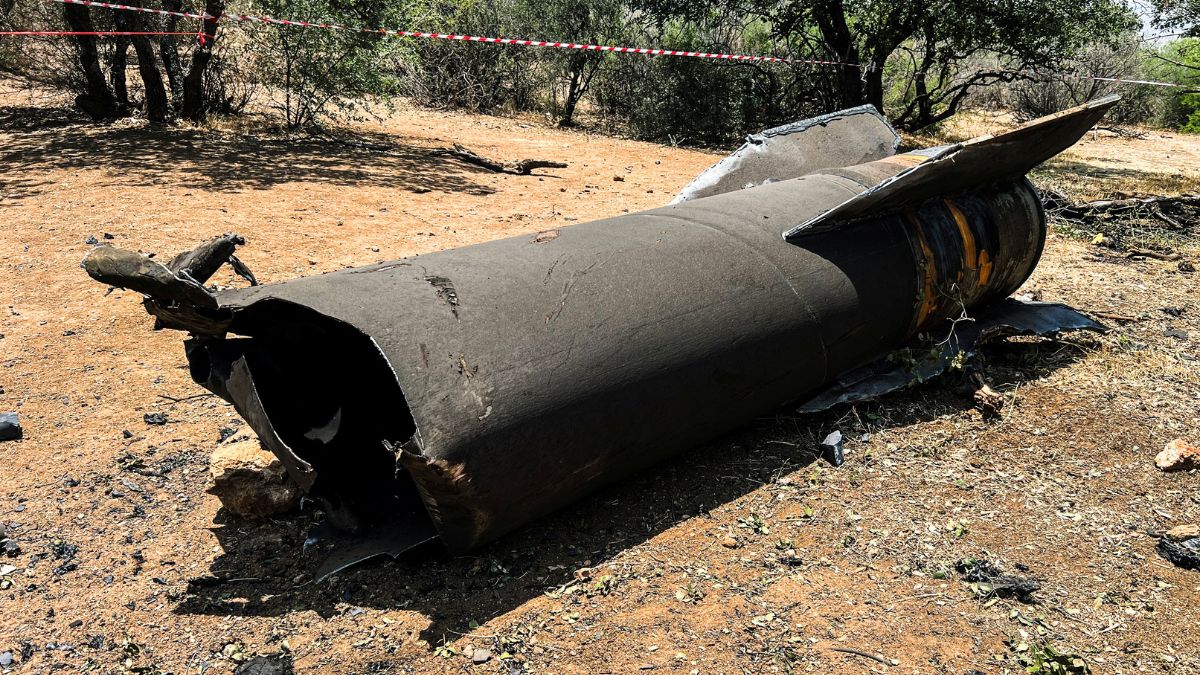Israel confirmed on Monday that it had launched attacks on “regime targets” in Tehran, marking the 11th consecutive day of escalating hostilities between the two arch-rivals.
The announcement followed coordinated military action by Israel’s primary ally, the United States, which deployed bombers to strike Iran’s nuclear infrastructure.
Here are the latest updates:
Fresh strikes rock Tehran
Defence Minister Israel Katz said that Israeli forces had executed “strikes of unprecedented force against regime targets and agencies of government oppression in the heart of Tehran.” An AFP journalist reported hearing loud explosions in the capital’s northern districts.
Among the locations struck was the notorious Evin Prison, according to Katz, who identified it as one of the targets. Evin, situated in northern Tehran, is infamous for housing political prisoners, dissenters, and foreign nationals.
Iran’s judiciary acknowledged the hit on Evin, confirming “damage” but asserting the situation was “under control.”
Separately, Iran’s Tasnim news agency reported an Israeli strike on the Fordo nuclear site, located south of Tehran. The facility had already been targeted over the weekend by American “bunker buster” munitions.
Fars news agency stated that Monday’s attacks also impacted Tehran’s electricity infrastructure, causing localized blackouts.
Multiple areas in Tehran were targeted by Israeli strikes, including the headquarters of the Basij militia and the Evin Prison facility.
The Basij, a paramilitary force aligned with the Islamic Revolutionary Guard Corps (IRGC), has been designated as a terrorist organisation by the United States, along with the IRGC itself.
One high-profile symbolic site was also damaged — the “Destruction of Israel” countdown clock in Tehran’s Palestine Square.
Installed in 2017, the clock was based on a projection by Supreme Leader Ayatollah Ali Khamenei that Israel would be eliminated by 2040. Reports suggest the installation suffered serious damage.
Inside Israel, air raid alerts sounded on Monday, prompting civilians to take shelter. The Israeli military said the country had come under at least three separate missile attacks within a two-hour span.
Media reports indicated that one missile struck near the port city of Ashdod in the south.
The national power utility reported that power disruptions had occurred “due damage near a strategic infrastructure facility” in southern Israel, although no specific site was named.
Since June 13, Israeli airstrikes in Iran have reportedly resulted in more than 400 deaths, according to Iran’s health ministry. Conversely, Iranian attacks on Israel have killed 24 people, based on official Israeli data.
Iran threatens escalation
On Monday, Iran’s military warned the United States that its involvement in strikes on Iranian nuclear sites could trigger “serious, unpredictable consequences.”
US bombers targeted nuclear facilities at Isfahan, Natanz, and Fordo in support of Israel’s aerial campaign.
“This hostile act… will widen the scope of legitimate targets of the armed forces of the Islamic Republic of Iran and pave the way for the extension of war in the region,” said military spokesperson Ebrahim Zolfaghari.
Ali Akbar Velayati, a senior advisor to Supreme Leader Ayatollah Ali Khamenei, warned that American bases “in the region or elsewhere” might become targets.
Amid the rising threat levels, the US State Department issued a global alert on Sunday. Additionally, its embassy in Bahrain — where a major US military installation is located — reduced its staffing due to “heightened regional tensions.”
Concerns over wider impact
On Monday, China issued a warning against “the spillover of war,” appealing to the international community to prevent the conflict from affecting the global economy. The country drew attention to the strategic importance of maritime trade routes off Iran’s coast.
Following an earlier surge, oil prices dropped into negative territory on Monday as markets reacted to speculation about possible Iranian retaliation.
US Secretary of State Marco Rubio urged China to use its influence to dissuade Iran from blocking the Strait of Hormuz, a critical passage for 20 percent of global oil shipments.
European Union foreign policy chief Kaja Kallas added that closing the strait would be “extremely dangerous.”
Russia and Iraq, both significant oil producers, conveyed their “concern” regarding the growing instability in energy markets, according to the Kremlin, which cited a call between the two nations’ leaders.
Trump hails damage to Iranian nuclear facilities
Former US President Donald Trump claimed on social media that “Monumental Damage was done to all Nuclear sites in Iran, as shown by satellite images. Obliteration is an accurate term!” However, he did not provide any accompanying imagery.
US General Dan Caine, Chairman of the Joint Chiefs, said that seven B-2 stealth bombers flew an 18-hour mission and dropped fourteen GBU-57 bombs — 30,000-pound bunker-buster munitions — on nuclear sites.
He added that the full impact on Iran’s nuclear programme remains to be assessed. Tehran maintains that its nuclear activity is strictly peaceful.
Following the US strikes, the UN’s International Atomic Energy Agency (IAEA) stated that it had not recorded any rise in radiation levels at Iran’s major nuclear locations.
Demand for nuclear transparency
On Monday, the IAEA called on Tehran to allow inspectors back into its nuclear sites to verify enriched uranium stockpiles.
“Allow IAEA inspectors… to go back to Iran’s nuclear sites and account for the stockpiles of uranium” including the “400 kilograms enriched to 60 percent,” said Rafael Grossi, the agency’s director general.
Speaking at an emergency session in Vienna, Grossi mentioned that Iran had sent a letter dated June 13 informing the IAEA of new “special measures to protect nuclear equipment and materials.”
With inputs from Agence France-Presse (AFP)


)

)
)
)
)
)
)
)
)



